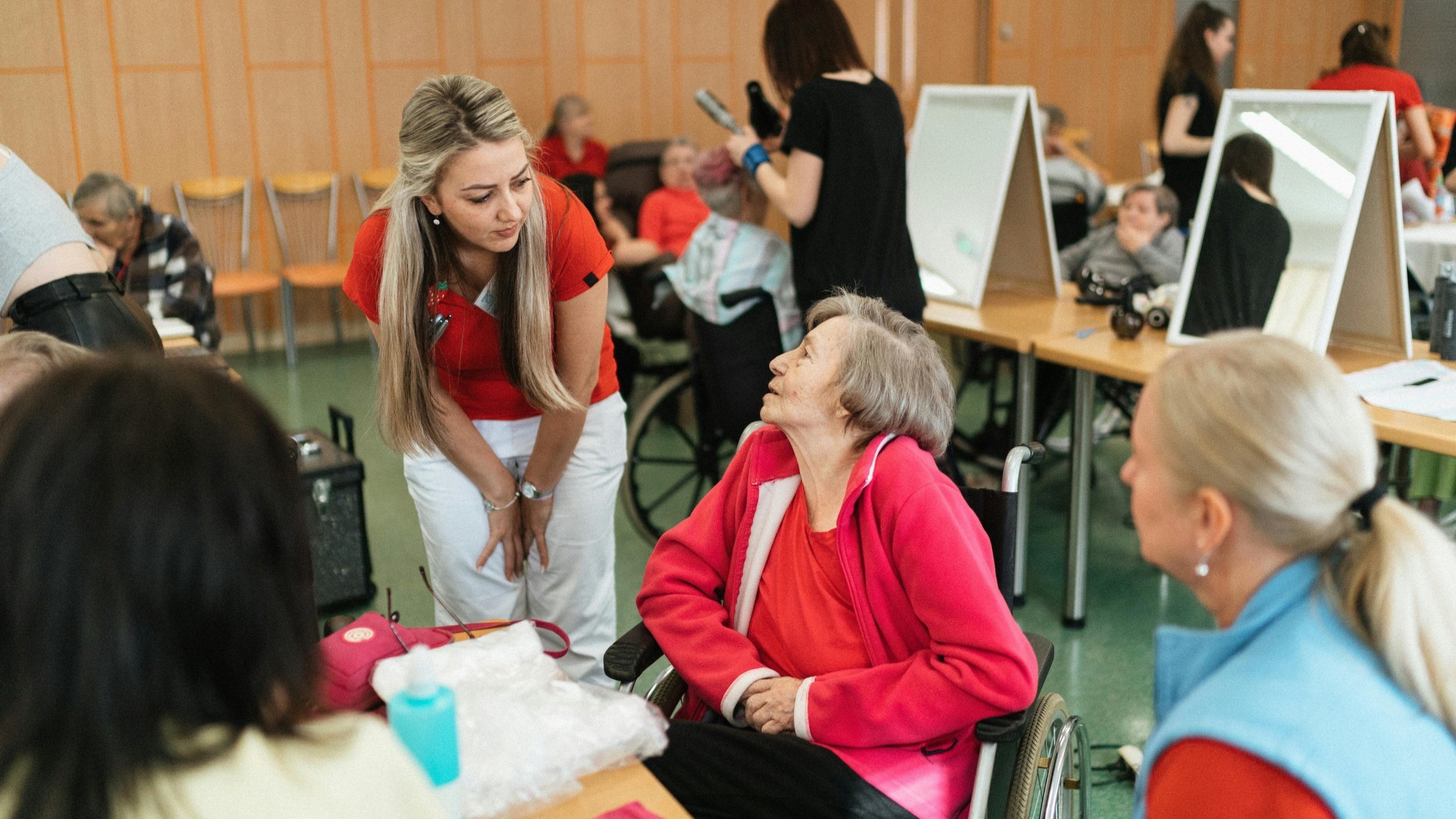Person Centred vs Person Led
Patient-centred care was first coined as a concept in the 1950s when US psychologist Carl Rogers used the term to describe building a relationship of trust between therapist and patient in order for the latter to be able to fulfil his or her potential in life. The idea was developed in the 1970s by US psychiatrist George Engel, who introduced the concept of the biopsychosocial model of health as an alternative to the traditional, biomedical model.
Education and training around person-centred care has been part of the health and social care sector for many many years. With NHS boards, private care companies and even governments using person centred care principles at the heart of their policies.
In 2025, do we feel that person-centred care is really happening? Or do we just say it, with good intention, or because everyone else says it. How do we evidence it? How do we prove consistency? For myself as a practitioner of over 18 years, person-centred care is all I have ever known, it has been mentioned in every training session I would participate in, the Kitwood Flower of personhood would appear and people would be blown away.
But, let’s be honest, we need to go further. Person-centred care talks of “placing the person at the centre of our practice, supporting them with decision making, helping develop care plans etc”. But what if, just for a moment, we removed them from the centre…? And placed them in front, Infront of us all, leading the way, knowing we are behind them, to guide and support when they want us to.
I have never used AI within my day-to-day job, but just recently when developing a new course, I started to use AI images. Below is, for me and absolute illustration of person cented and person led dementia care. Let’s take a look…
So this picture, shows person centred care in action. The gentleman is at the centre, with people all around him. Yes, the picture is reassuring and comforting, but is it empowering???
Let’s take a look at a person-led image…
So here, we see the same gentleman but showing a completely different presentation. To me this image says, it’s my life, it’s my diagnosis, I am in the driving seat, I will lead and you will follow. It says to me, that at any point the gentleman can turn around and seek help, knowing people are there.
This is person-led care and in 2025, this is what we should be making part of our everyday practice. Letting the person lead! So, what is person led care? Surely there are principles. After reading this article, I want you to google “person-led dementia care”, what happens? Do any results come up? Or does it default to something else? There you have it, you heard it here first, person-led care is a concept that we must all get behind, we must empower people living with a dementia to lead their own journey, not just my words, but action!
For me person-led care is about CONTROL, CHOICE, CONSISTENCY and CONFIDENCE.
Choice - do we really give people living with a dementia choice at all stages of their journey, do we advocate for this and empower people to make choices? Often it reaches a certain stage, and this is removed from them.
Control - who is truly in control in the person's journey? Are they, are we? Often people living with a dementia feel they are no longer in control of their lives or the decisions they make.
Consistency - Are we consistent in practice? What message do we send to the person living with a dementia?
Confidence - do we instil confidence in ourselves, in our practice and in the lives of people we support?
We will talk about this again next month, but do something for me, the next time someone says, “we pride ourselves on our person-centred approach to care, or our care plans are very person-cented” simply respond with “ok, show me, show me what person-centred care is”.
~ David Wilson-Wynne, Senior Dementia Consultant, DSDC
Person-led care is at the heart of DSDC’s updated Best Practice Programme.







